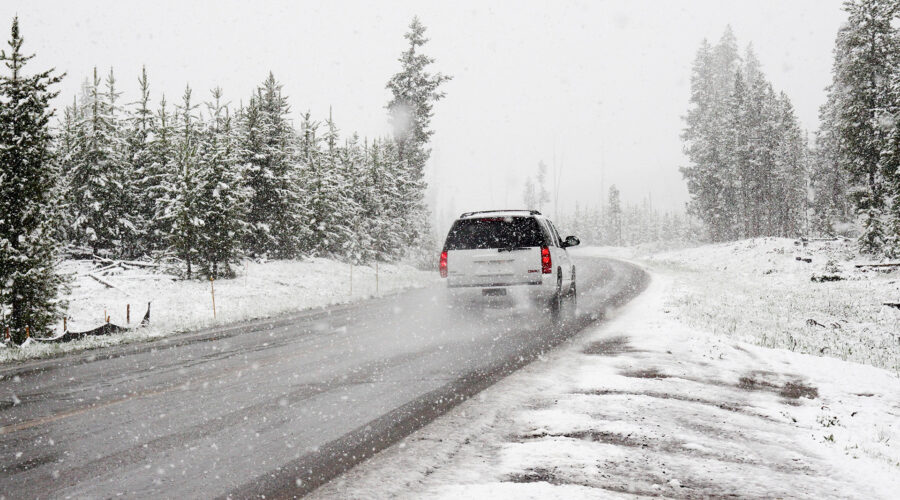
Many of the most serious vehicle accidents reported to Markel occur during the winter months. Icy and wet conditions, as well as shorter daylight, contribute to the accidents. Winter accidents often involve injuries, as the vehicles are traveling at speeds that cause substantial damage when control of the vehicle is lost.
Before you go:
- Check the weather forecast, and delay trips when bad weather is expected. If you must travel, let others know your route, destination, and estimated time of arrival.
- Always make sure your vehicle is in peak condition by having it inspected by a certified mechanic.
- Check that your tires are properly inflated.
- Pack a fully-charged cell phone, blankets, gloves, hats, food, water, and medications in your vehicle.
If you must travel, AAA suggests the following winter driving tips:
- Avoid driving while you’re fatigued.
- Never warm up a vehicle in an enclosed area, such as a garage.
- Never mix radial tires with other types.
- Keep at least half a tank of gasoline in your vehicle at all times
- If possible, avoid using your parking brake in cold, rainy, or snowy weather.
- Do not use cruise control when driving in rain or snow.
- Always look and steer in the direction you want to go.
- Use your seat belt.
For driving in snow, AAA recommends:
- Accelerate and decelerate slowly to retain traction and avoid skidding. It takes longer to slow down or stop on icy roads.
- Increase the recommended safe following distance to eight or ten seconds in snow (maintain at least three seconds in dry conditions).
- Use threshold breaking to stop. Keep the heel of your foot on the floor, and use the ball of your foot to apply firm, steady pressure on the brake pedal.
- Don’t stop, if you can avoid it. Slow down and keep rolling until the light changes, if you can.
- Don’t power up, or stop, while going up a hill. Let inertia carry you to the top. As you reach the crest of the hill, reduce your speed and proceed down, as slowly as possible.
If you become stranded:
- Stay with your vehicle. It provides temporary shelter and makes it easier for rescuers to locate you. Don’t try to walk in a severe storm; it’s easy to become lost.
- Don’t over exert yourself trying to push or dig your vehicle out of snow.
- Tie a bright cloth to the antenna or place one in a rolled up window, to signal distress.
- At night, keep the dome light on, if possible. It only uses a small amount of electricity and will make it easier for rescuers and other drivers to find you.
- Make sure the exhaust pipe is not clogged with snow, ice, or mud; it could cause carbon monoxide poisoning, if you run the engine.
- Insulate your body with whatever is available: floor mats, newspapers, or maps.
- To conserve gasoline, run the engine and heater just long enough to remove the chill.
- Most importantly, if you really don’t have to go out, don’t. Even if you drive well in snow, not everyone else can.
Further Reading

Tips for a Safe Fourth of July: From Food to Fireworks
Memorial Day might be the unofficial start of summer, but Independence Day is when the season truly kicks into high gear. July 4 is a holiday that...

Winter Driving Safety – Tips For Traveling Safely This Winter
With winter quickly approaching, one of the things that we all need to prepare ourselves for is winter driving. Snow, sleet, and ice can all cause...
